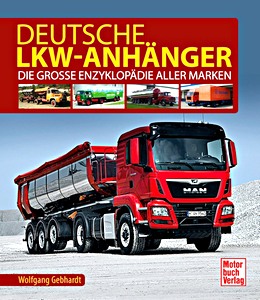Cross-Country Lorries : German Manufacturers (Camera On)
During Weimar Germany's first programme for motorising the Reichswehr from 1926, development of three-axled cross-country lorries with a payload of 3 tons was demanded (in addition to vehicles of other specification).
Three companies were involved in the development of these lorries: Bussing, Henschel and Krupp. The first Henschel model - the Henschel type 33 B 1 - was delivered in 1928.
This profusely illustrated photo-album includes over 150 previously unseen pictures of these vehicles in action, many from private sources in Germany.
Specificaties
| Auteur: | Alan Ranger |
|---|---|
| Uitvoering: | 88 blz, 29.5 x 21 x 0.8 cm, softcover |
| Illustraties: | 150 z/w foto's |
| Uitgever: | MMP Books (PL, 2018) |
| Serie: | Camera On (13) |
| ISBN: | 9788365958099 |




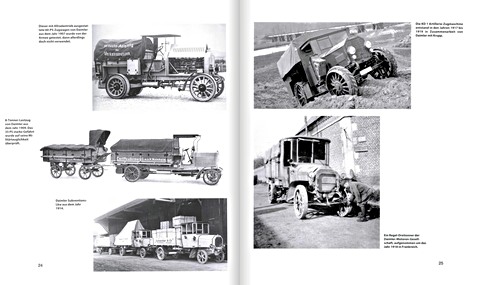
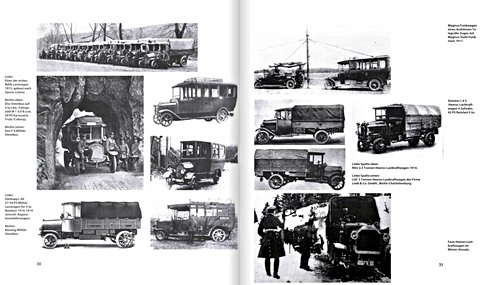
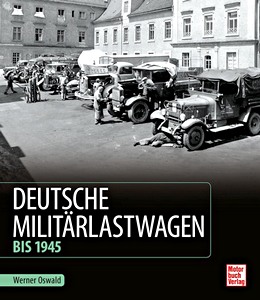
![Bladzijden uit het boek [TK] Eilschlepper und Strassenzugmaschinen 03-56 (1)](../afb/details/PP04177.jpg)
![Bladzijden uit het boek [TK] Eilschlepper und Strassenzugmaschinen 03-56 (2)](../afb/details/PP04177B.jpg)
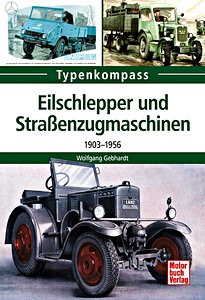
![[TK] Pistenbully](../afb/PP/03759.jpg)


